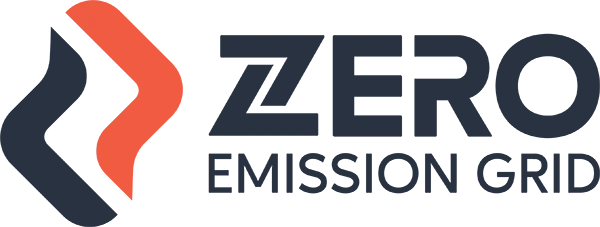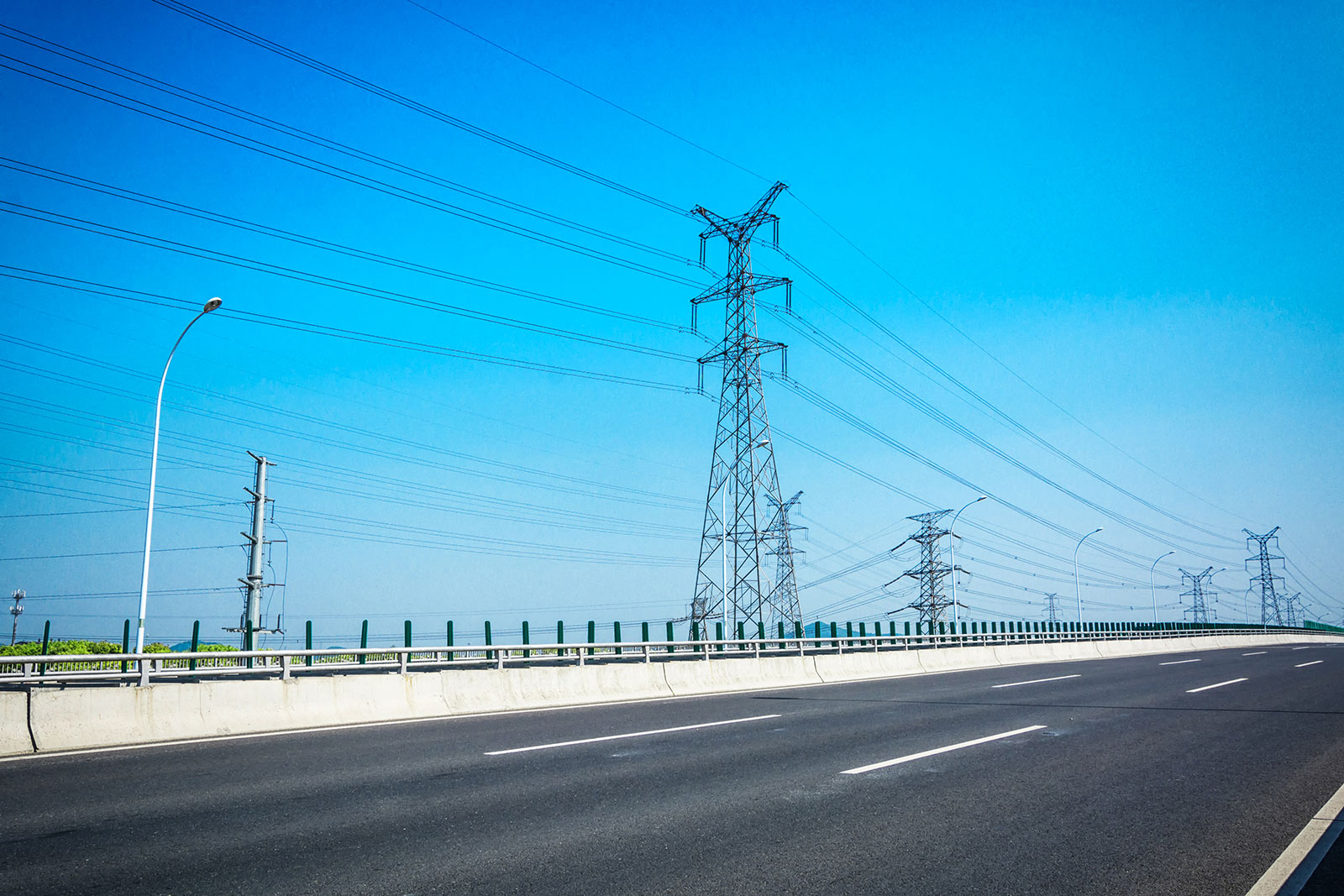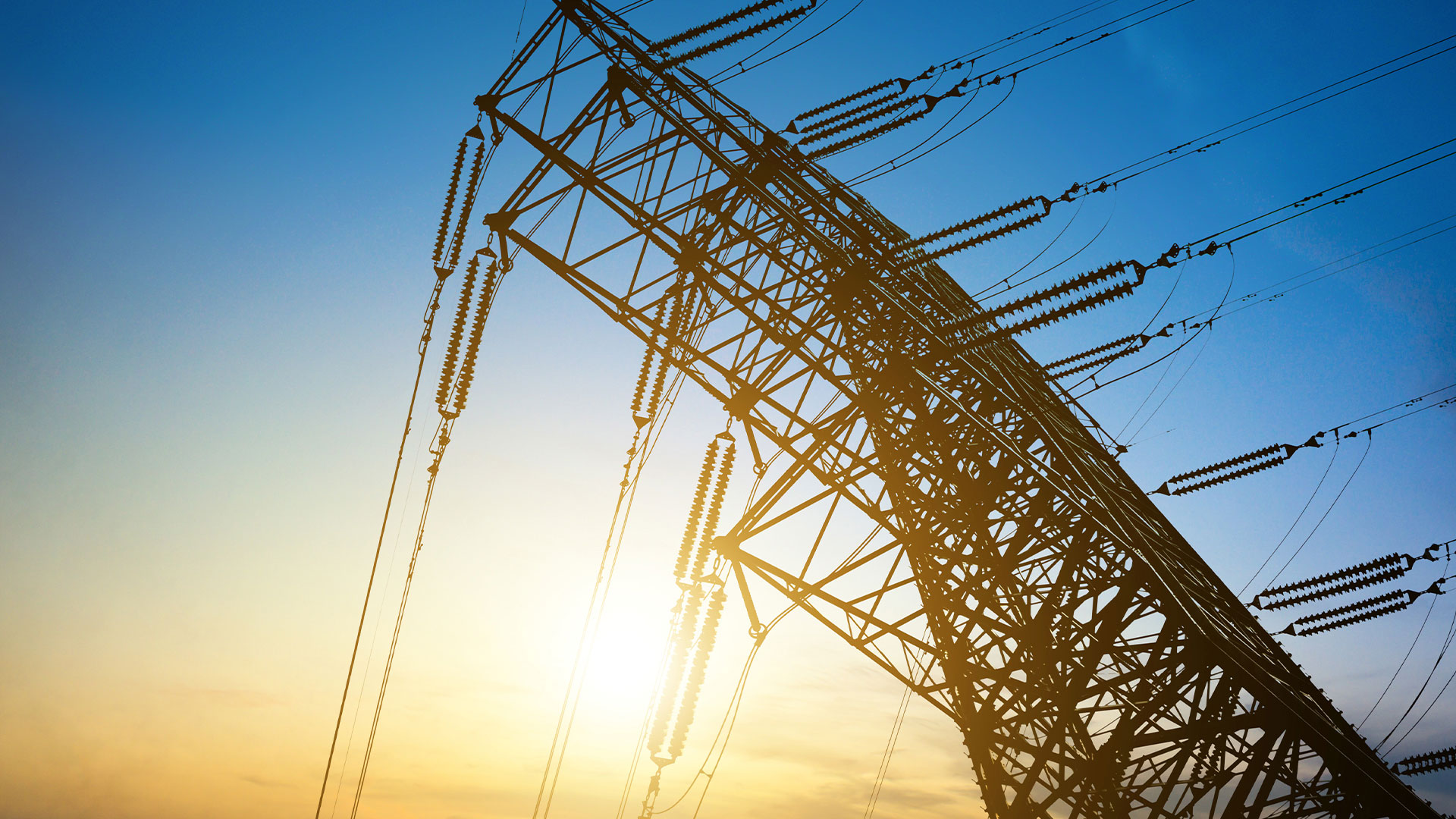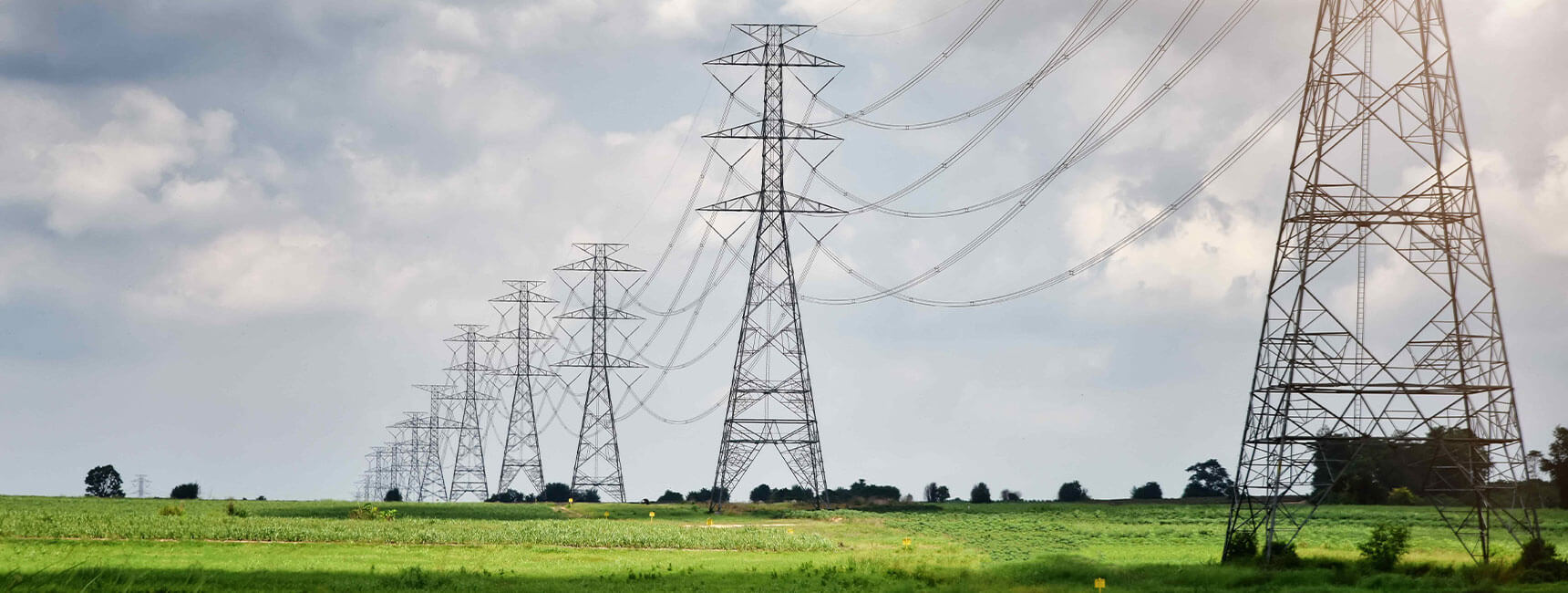The meeting provided a comprehensive update on NOGRR245, covering its background, the basis for recent changes, and the anticipated process if approved. The discussion included the timeline, rationale for changes, and implications for resource entities required to comply with new ride-through capability standards.
Background of NOGRR245
ERCOT staff provided a detailed history of NOGRR245, which was originally filed on January 11, 2023, in response to NERC recommendations following inverter-based resource (IBR) failures during system disturbances. IEEE 2800, a key standard for grid-connected inverters, was approved on February 8, 2023, leading to the tabling of NOGRR245 and its referral to various working groups. Between February and September 2023, multiple comments were submitted by market participants and other stakeholders. On September 14, 2023, the ROS granted urgent status to NOGRR245 and recommended its approval with amendments. However, TAC tabled the NOGRR on September 27, 2023, allowing for more comments and revisions until March 2024. After several rounds of voting and amendments, joint commenters filed opposition to the TAC-recommended version on June 17, 2024, threatening an appeal if it was approved. As a result, ERCOT requested that the NOGRR be tabled until August to address these concerns, and the ERCOT Board tabled the NOGRR on June 18, 2024. Since then, ERCOT staff has worked closely with joint commenters to revise the proposal, focusing on retaining near-term benefits, bifurcating exemption processes, and addressing concerns related to clarity, redundancy, and potential errors.
Basis of Changes to TAC Recommended Version
ERCOT staff detailed the basis for changes made to the TAC-recommended version of NOGRR245, which were driven by a need for clarification and to address joint commenter concerns. Key changes include the exemption of output reductions due to wind speed or solar irradiance changes from penalties during ride-through events. The requirements for frequency and voltage ride-through were updated, and a new requirement was added for resources to inform ERCOT about their maximized ride-through capabilities for accurate modeling. Additionally, deadlines for completing modifications and submitting related notifications were clarified, along with compliance expectations during fault and recovery periods. Increased transparency in reporting resource maximization status to ERCOT was emphasized, and the requirements for timely submission of exemption or extension requests by April 1, 2025, were specified. Changes were also made to remove redundancy and correct errors in the TAC-approved version, such as typographical errors in formulas and incorrect section references.
The bifurcation process was another significant focus of the update. ERCOT staff explained that certain criteria for granting exemptions were moved to a new NOGRR. This includes requirements for resources to submit frequency ride-through capability reports and request exemptions by April 1, 2025. The new NOGRR will establish the criteria for these exemptions, and references to exemptions were removed from various sections of the current NOGRR, now addressing only extensions.
Description of How the Process Will Work, if Approved
If NOGRR245 is approved, resource entities must meet the new requirements by December 31, 2025, or their synchronization date. This includes maximizing software firmware settings and parameterization, with necessary memory upgrades, and informing ERCOT once these are maximized to meet or exceed the relevant sections and IEEE 2800 standards. An initial frequency ride-through capability report must be submitted by April 1, 2025, if the maximization cannot be completed by the end of 2025. Resources must also meet or exceed the voltage ride-through requirements by December 31, 2025, and submit an initial report by April 1, 2025, if an extension is required.
ERCOT emphasized that resources undergoing significant modifications or with SGIA after August 1, 2024, must meet IEEE 2800 standards by their synchronization date. The process for handling performance failures was also outlined, including the requirement to investigate, report, and develop a mitigation plan within 180 days. ERCOT may report any failures to meet criteria to the reliability monitor.
The exemption and extension process requires that requests be submitted by April 1, 2025. These requests will be reviewed by ERCOT, with an effort to complete the process within 180 days. Entities can appeal ERCOT’s decisions to the PUC if necessary.
Questions and Clarifications
The meeting concluded with a Q&A session, where participants raised questions about specific scenarios such as repowering and replacing wind turbine generator (WTG) units, the criteria for type two sites, and the requirements for legacy units. ERCOT representatives acknowledged the need for further consultation with subject matter experts (SMEs) to address these concerns. The discussion also emphasized the importance of maximizing equipment capabilities rather than merely meeting baseline requirements and clarified the procedures for handling performance failures and updating software or hardware.
ERCOT reiterated that all exemption requests must be submitted by April 1, 2025, and emphasized the importance of integrating engineering concerns into the maximization process to avoid equipment damage. The meeting concluded without further questions, and slides were made available to assist in understanding the procedures.



